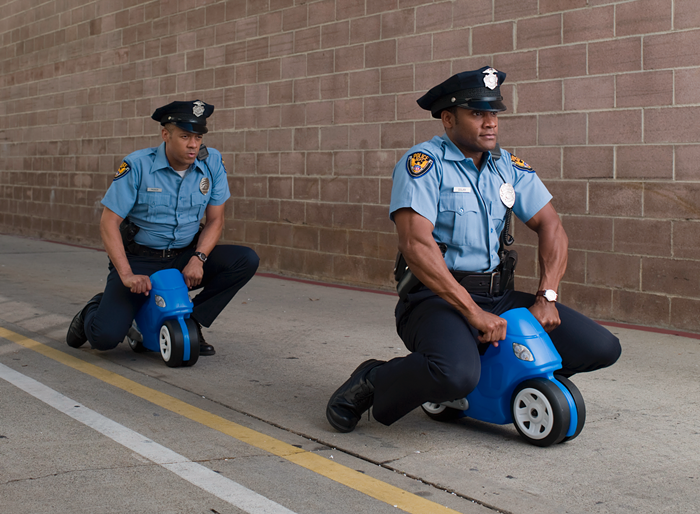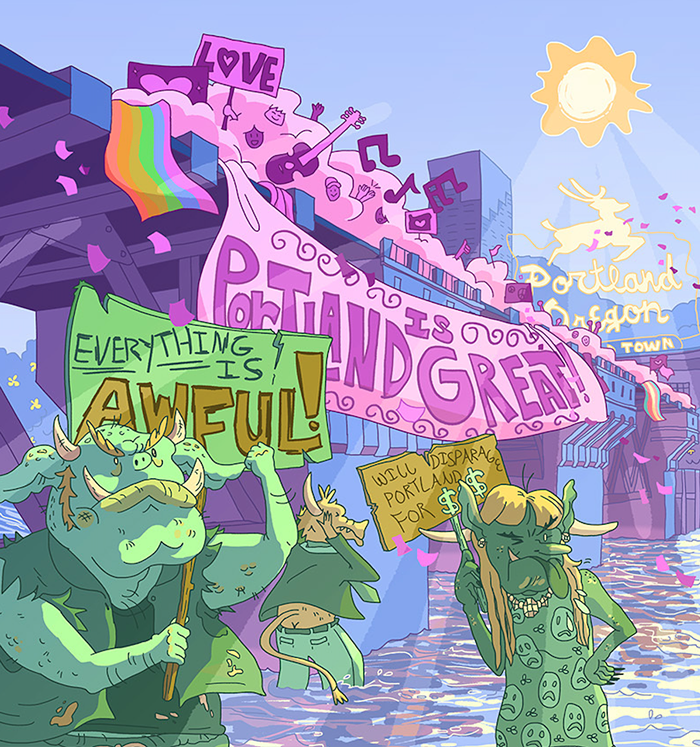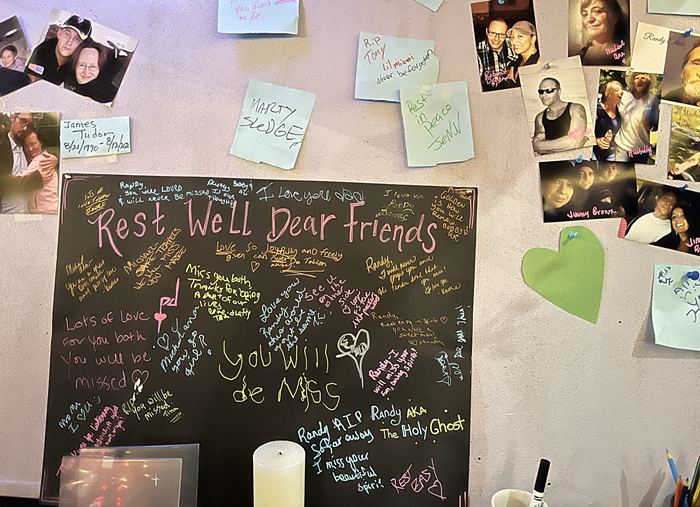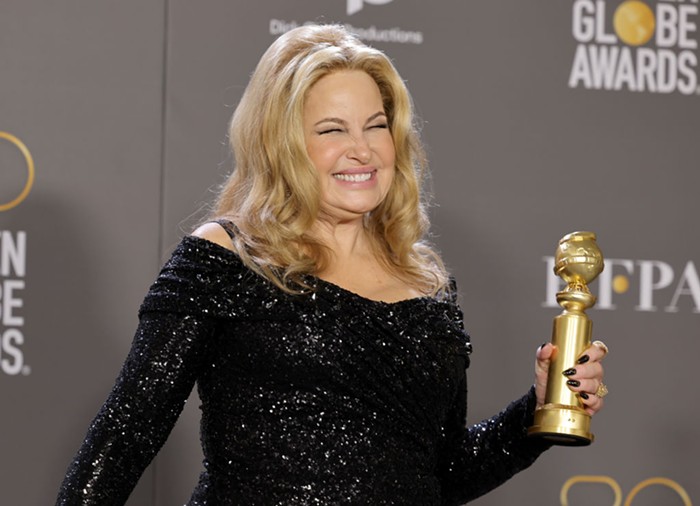Mom Strike!
What One Parent Did to Regain a Fair Division of Labor
Ask the Parent!
“Is My Kid a RACIST?”
Parent to Parent
“Crushing It”
Build A Better Parent
“Temper Temper”
Gone Girl
A Father Learns the True Meaning of Sacrifice
Where’s My Universal Preschool?
The Case for More Publicly Funded Family Programs in Oregon
My four-year-old daughter is obsessed with the Disney princesses, but it’s obvious she wants way less to do with Tiana (the only black one). When I ask her why she doesn’t play with her Tiana doll she says, “She doesn’t have hair like me.” I want her to feel confident making choices, but I also don’t want to miss an opportunity to talk about race. What do I say in this situation? Should I leave her alone, or start pushing Doc McStuffins on her?—Trisha
Trisha—First off, let me say, THANK YOU for noticing your daughter’s world and her world of play. Young childhood is an exciting time, as kiddos are receiving lots of information about the world, and practicing different ways of responding to it. Four-year-old children act primarily with their “lower brain,” which is more instinctual and very concrete. This is why they come off as blunt and say the “darndest things,” because this is how their brain views the world.
Another aspect of the four-year-old’s development is becoming aware of themselves in relation to their outside world. They’re beginning to notice differences between themselves and others, and their identity is forming based off those around them—so it is developmentally appropriate and expected that your daughter would initially be turned off to the black doll. She’s noticing the differences between herself and the doll, and thinking in very concrete terms.
The good news is parents are able to steer this development. Just like you expose your child to the library to foster passion for learning, you can also expose your child to other cultures and ways of living. Take your child for a fun train ride around town on the MAX, and notice the various ages and colors of those on board; beyond just noticing, strike up a conversation.
One of the largest determining factors of developing prejudice against others is whether one has relationships with people who are “different” than themselves. Through relationships and exposure, we are able to develop care and empathy for others. Your job is to foster this empathy and provide room and opportunities for it to develop.
Keep buying her dolls; discuss the beauty in the differences. You don’t need to talk about race every moment of every day, but by speaking fondly of others—as well as incorporating new experiences—your daughter will begin to adjust her perceptions and begin to mirror what you model. You ultimately are the biggest influence in her world, and it sounds like you are already on the right path!
Vanessa Washington is a licensed therapist who works with teens, adults, and other individuals while integrating a cultural, racial, and ethnic lens into her work. She can be reached at bridgecitycounseling.com.












